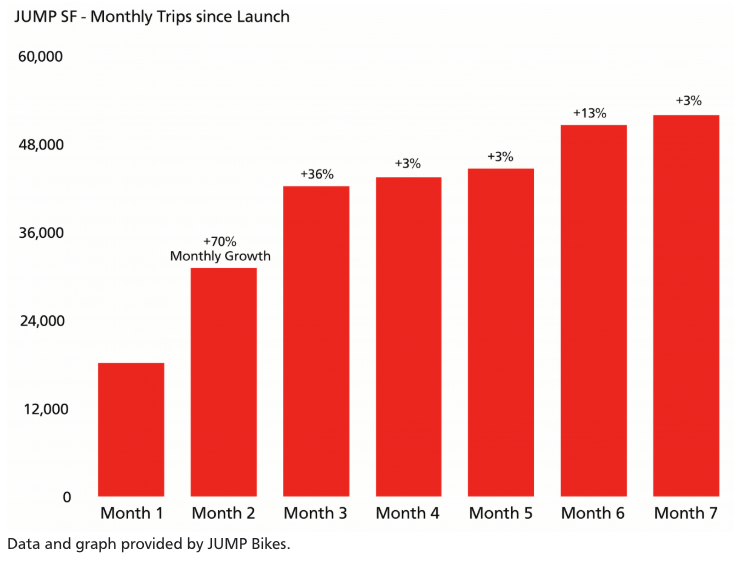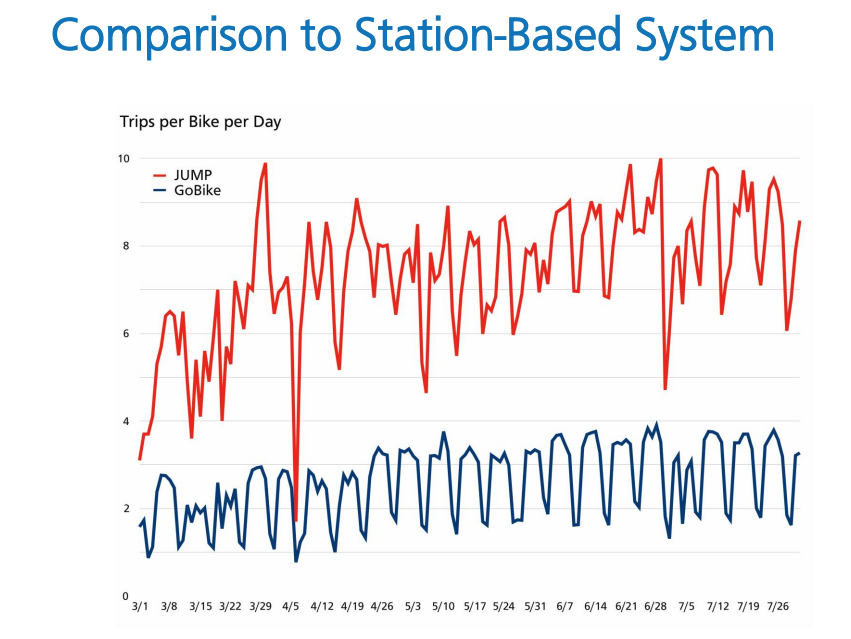Another day, another announcement from Facebook that it has failed to protect your personal information. Were you one of the 50 million (and likely far more, given the company’s graduated disclosure style) users whose accounts were completely exposed by a coding error in play for more than a year? If not, don’t worry — you’ll get your turn being failed by Facebook . It’s incapable of keeping its users safe.
Facebook has proven over and over again that it prioritizes its own product agenda over the safety and privacy of its users. And even if it didn’t, the nature and scale of its operations make it nearly impossible to avoid major data breaches that expose highly personal data.
For one thing, the network has grown so large that its surface area is impossible to secure completely. That was certainly demonstrated Friday when it turned out that a feature rollout had let hackers essentially log in as millions of users and do who knows what. For more than a year.
This breach wasn’t a worst case scenario exactly, but it was close. To Facebook it would not have appeared that an account was behaving oddly — the hacker’s activity would have looked exactly like normal user activity. You wouldn’t have been notified via two-factor authentication, since it would be piggybacking on an existing login. Install some apps? Change some security settings? Export your personal data? All things a hacker could have done, and may very well have.
This happened because Facebook is so big and complicated that even the best software engineers in the world, many of whom do in fact work there, could not reasonably design and code well enough to avoid unforeseen consequences like the bugs in question.
I realize that sounds a bit hand-wavy, and I don’t mean simply that “tech is hard.” I mean that realistically speaking, Facebook has too many moving parts for the mere humans that run it to do so infallibly. It’s testament to their expertise that so few breaches have occurred; the big ones like Cambridge Analytica were failures of judgment, not code.
A failure is not just inevitable but highly incentivized in the hacking community. Facebook is by far the largest and most valuable collection of personal data in history. That makes it a natural target, and while it is far from an easy mark, these aren’t script kiddies trying to find sloppy scripts in their free time.
Facebook itself said that the bugs discovered Friday weren’t simple; it was a coordinated, sophisticated process to piece them together and produce the vulnerability. The people who did this were experts, and it seems likely that they have reaped enormous rewards for their work.
The consequences of failure are also huge. All your eggs are in the same basket. A single problem like this one could expose all the data you put on the platform, and potentially everything your friends make visible to you as well. Not only that, but even a tiny error, a highly specific combination of minor flaws in the code, will affect astronomical numbers of people.
Of course, a bit of social engineering or a badly configured website elsewhere could get someone your login and password as well. This wouldn’t be Facebook’s error, exactly, but it is a simple fact that because of the way Facebook has been designed — a centralized repository of all the personal data it can coax out of its users — a minor error could result in a total loss of privacy.
I’m not saying other social platforms could do much better. I’m saying this is just another situation in which Facebook has no way to keep you safe.
And if your data doesn’t get taken, Facebook will find a way to give it away. Because it’s the only thing of value that they have; the only thing anyone will pay for.
The Cambridge Analytica scandal, while it was the most visible, was only one of probably hundreds of operations that leveraged lax access controls into enormous data sets scraped with Facebook’s implicit permission. It was their job to keep that data safe, and they gave it to anyone who asked.
It’s worth noting here that not only does it only take one failure along the line to expose all your data, but failures beyond the first are in a way redundant. All that personal information you’ve put online can’t be magically sucked back in. In a situation where, for example, your credit card has been skimmed and duplicated, the risk of abuse is real, but it ends as soon as you get a new card. For personal data, once it’s out there, that’s it. Your privacy is irreversibly damaged. Facebook can’t change that.
Well, that’s not exactly right. It could, for example, sandbox all data older than three months and require verification to access it. That would limit breach damage considerably. It could also limit its advertising profiles to data from that period, so it isn’t building a sort of shadow profile of you based on analysis of years of data. It could even opt not to read everything you write and instead let you self-report categories for advertising. That would solve a lot of privacy issues right there. It won’t, though. No money in that.
One more thing Facebook can’t protect you from is the content on Facebook itself. The spam, bots, hate, echo chambers — all that is baked on in. The 20,000-strong moderation team they’ve put on the task is almost certainly totally inadequate, and of course the complexity of the global stage and all its cultures and laws ensures that there will always be conflict and unhappiness on this subject. At the very best it can remove the worst of it after it’s already been posted or streamed.
Again, it’s not really Facebook’s fault exactly that there are people abusing its platform. People are the worst, after all. But Facebook can’t save you from them. It can’t prevent the new category of harm that it has created.
What can you do about it? Nothing. It’s out of your hands. Even if you were to quit Facebook right now, your personal data may already have been leaked and no amount of quitting will stop it from propagating online forever. If it hasn’t already, it’s probably just a matter of time. There’s nothing you, or Facebook, can do about it. The sooner we, and Facebook, accept this as the new normal, the sooner we can get to work taking real measures toward our security and privacy.

Source: Tech Crunch








 Instagram’s founders
Instagram’s founders